

“BEAMS Planets Limited Store Shimokitazawa” is a haven for traveling BEAMS Planets.
At this restaurant where you can enjoy alcohol and snacks,
We held an event focusing on Hyogo Prefecture, which is number one in the nation in producing cowhide.
4 days to introduce you to the charm of Japanese leather. The guests were welcomed by
Professional craftsmen engaged in leather making in the same prefecture.
Linked with the casual atmosphere of Shimokitazawa,
In this article, we will introduce you to a relaxing time like an outdoor festival.
(Editing and writing: Kazushi)

“BEAMS Planets Limited Store Shimokitazawa” is
A safe haven for traveling BEAMS Planets.
At this restaurant where you can enjoy alcohol and snacks,
No. 1 in the country in producing cowhide leather
We held an event focusing on Hyogo Prefecture.
4 days to introduce you to the charm of Japanese leather.
The guests were welcomed by
Professional craftsmen engaged in leather making in the same prefecture.
Linked with the casual atmosphere of Shimokitazawa,
Relaxed like an outdoor festival
This article will give you a moment.
(Editing and writing: Kazushi)

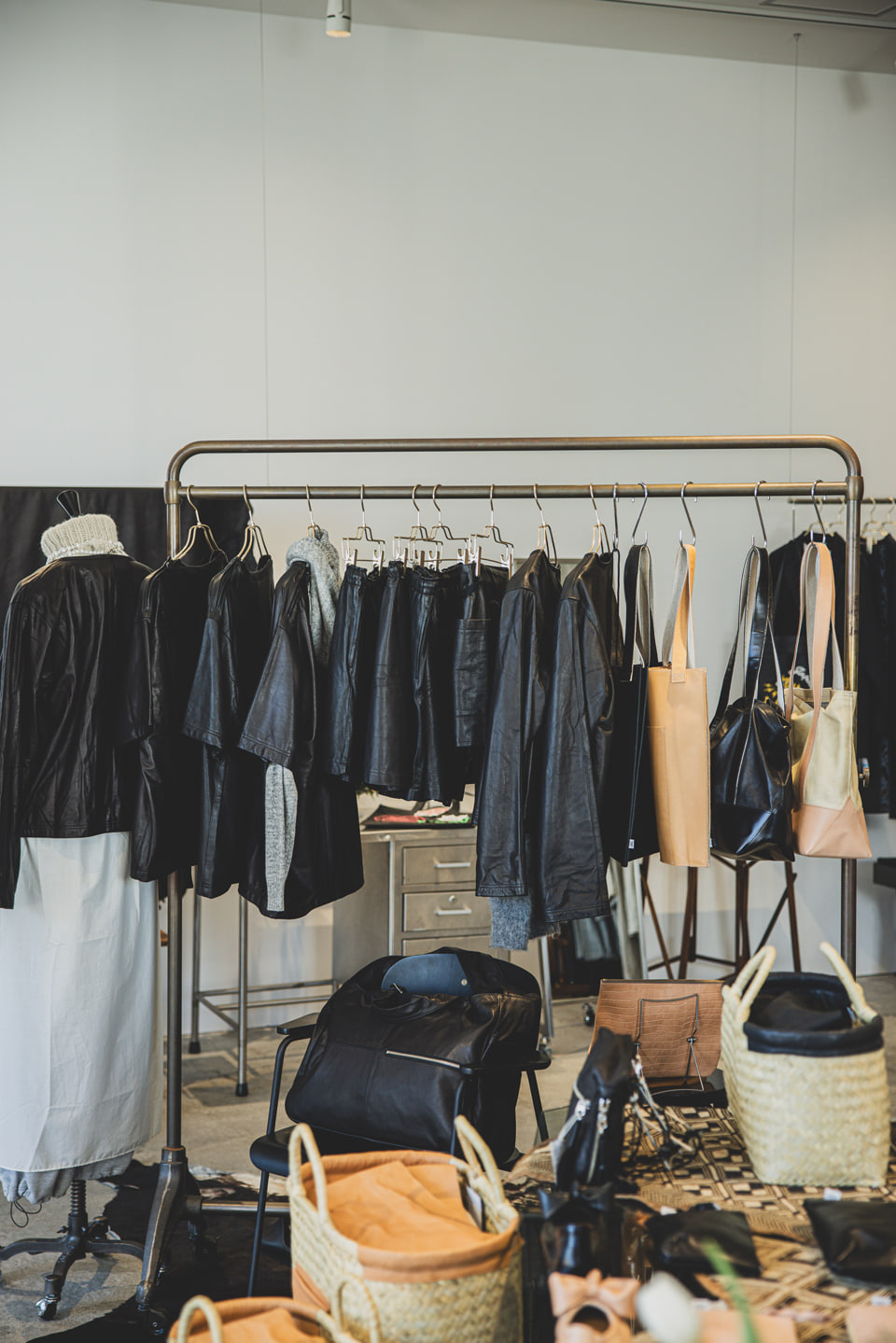

Did you know that Hyogo Prefecture is one of the leading producers of cowhide in Japan? This area is home to approximately 200 tanneries (leather tanners). In the first place, it may not be well known that leather is made in Japan. Therefore, BEAMS' project ``Calling BEAMS CRAFTS IN THE MAKING'', which connects traditional culture to the future, began working with HYOGO LEATHER about three years ago. BEAMS created the brand logo and produced original clothing and goods. The items lined up in the store at this event are also BEAMS Planets items made with HYOGO LEATHER. It seems to be the first time for the craftsmen to have a tanner and a major fashion label meet face-to-face to create a product.
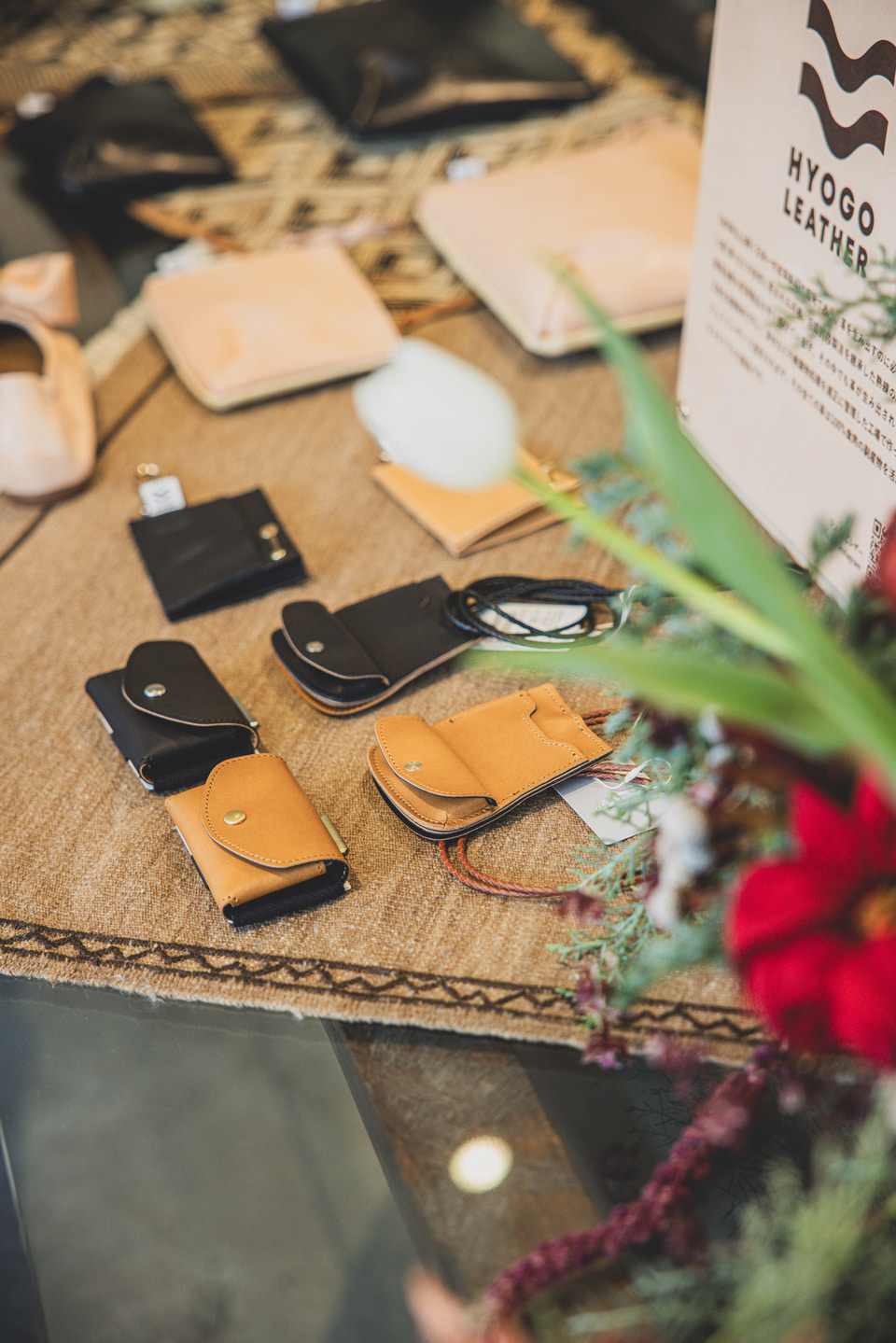

The main characteristic of <HYOGO LEATHER> is its natural, non-artificial texture. The finish takes advantage of the natural taste of cowhide leather. The durability that can be used for a long time and the deep nuances that develop over time are proof that Japanese leather is made with great care. It is a life-sized leather that fits in with everyday life. For example, the mini wallet pictured above. If you look at the colors of the personal items that BEAMS staff members love, you'll feel the charm. It's a different product from the new products lined up in stores, but both have the same cool aging effect. Furthermore, this wallet has a super storage capacity that can hold plenty of cards, small change, and bills. It is an encounter between the modern idea of paying with smartphones and cards and the traditional <HYOGO LEATHER>.

What kind of work does a tanner do?
The job is to transform hardened or damaged rawhide into leather by soaking it in vegetable liquid. It takes about 1.5 to 2 tons of water to make leather for one cow, including dyeing, and historically tanners have set up factories along rivers.
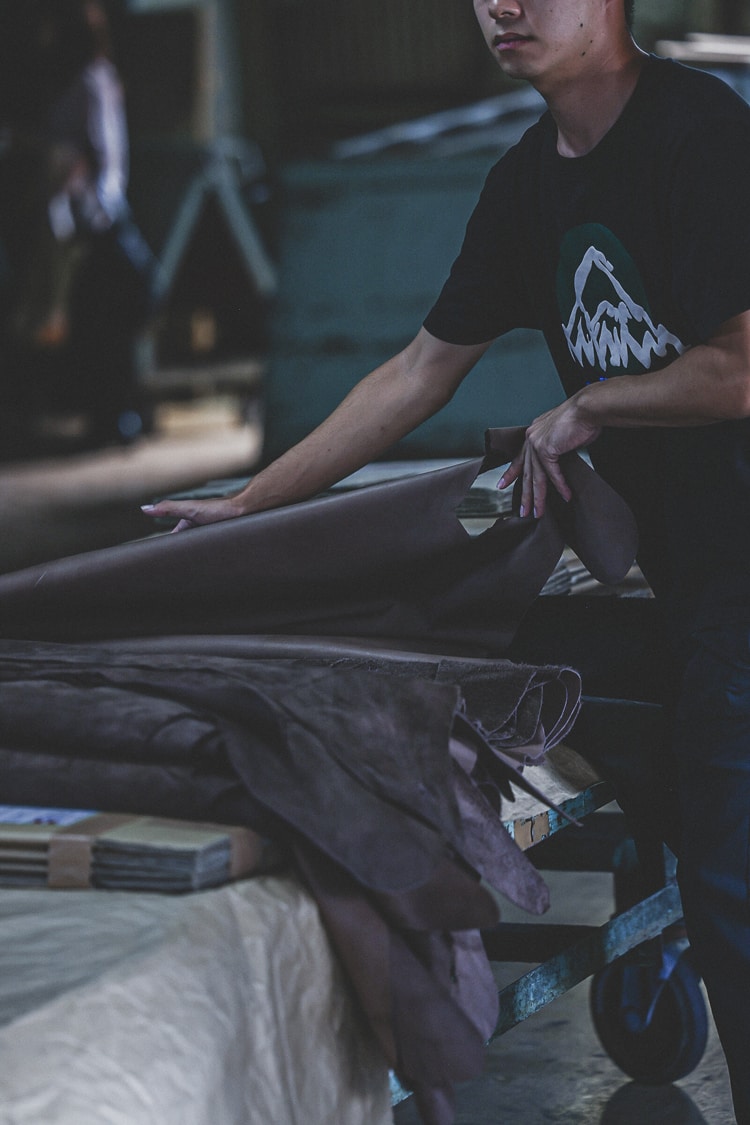
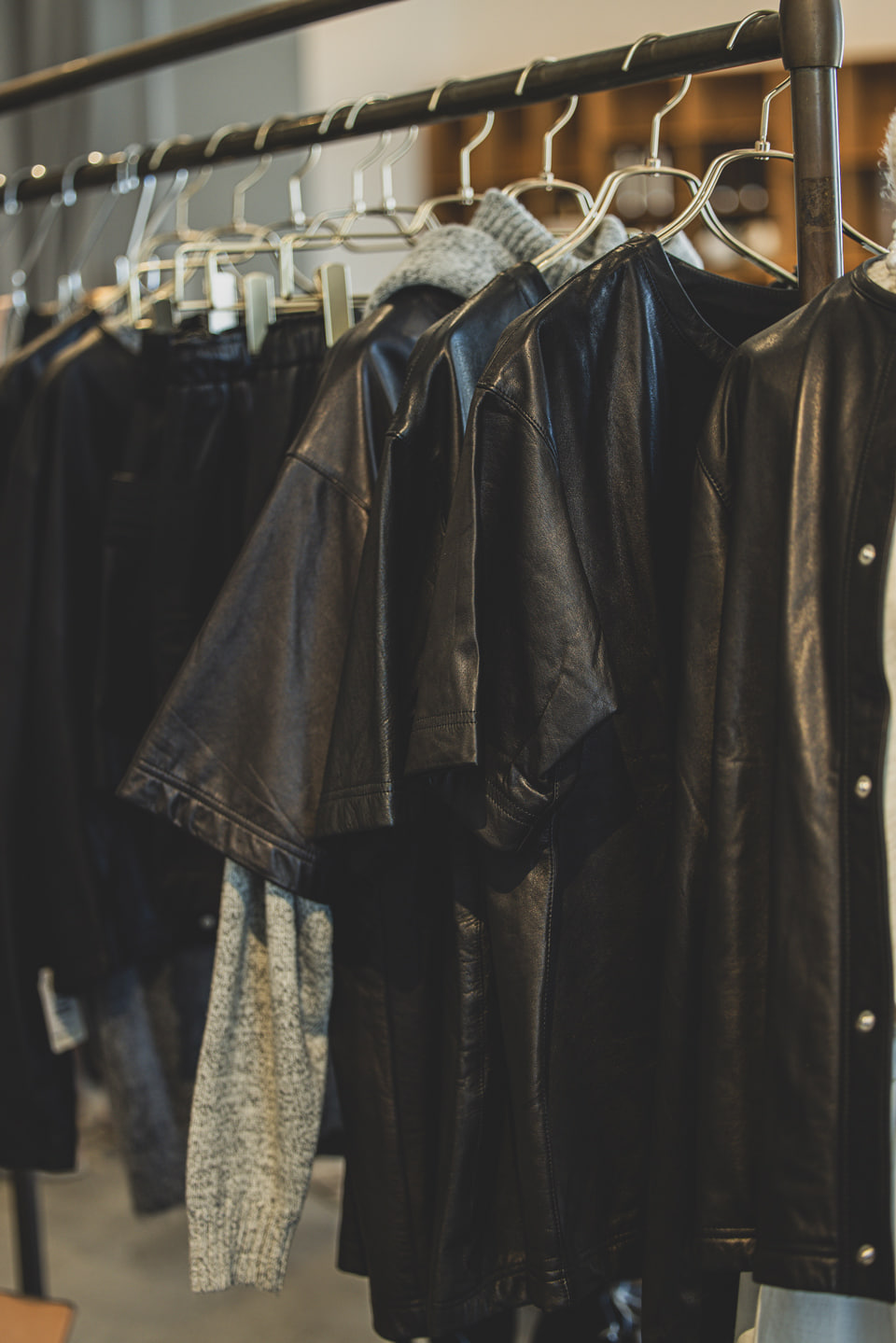
The variety of luxurious leather wear has also increased. Short-length, French-style cardigans are popular among adult women. Pocket T-shirts are popular among men. Both are genderless types, regardless of gender. All leather garments have practical pockets and are lined with skin-friendly cotton. What's more, everything is washable! If leather, which has the impression of being vulnerable to water, can be washed, people will wear it more often. Leather was used as work wear similar to denim in the olden days, but this is a proposal for casual, daily use.

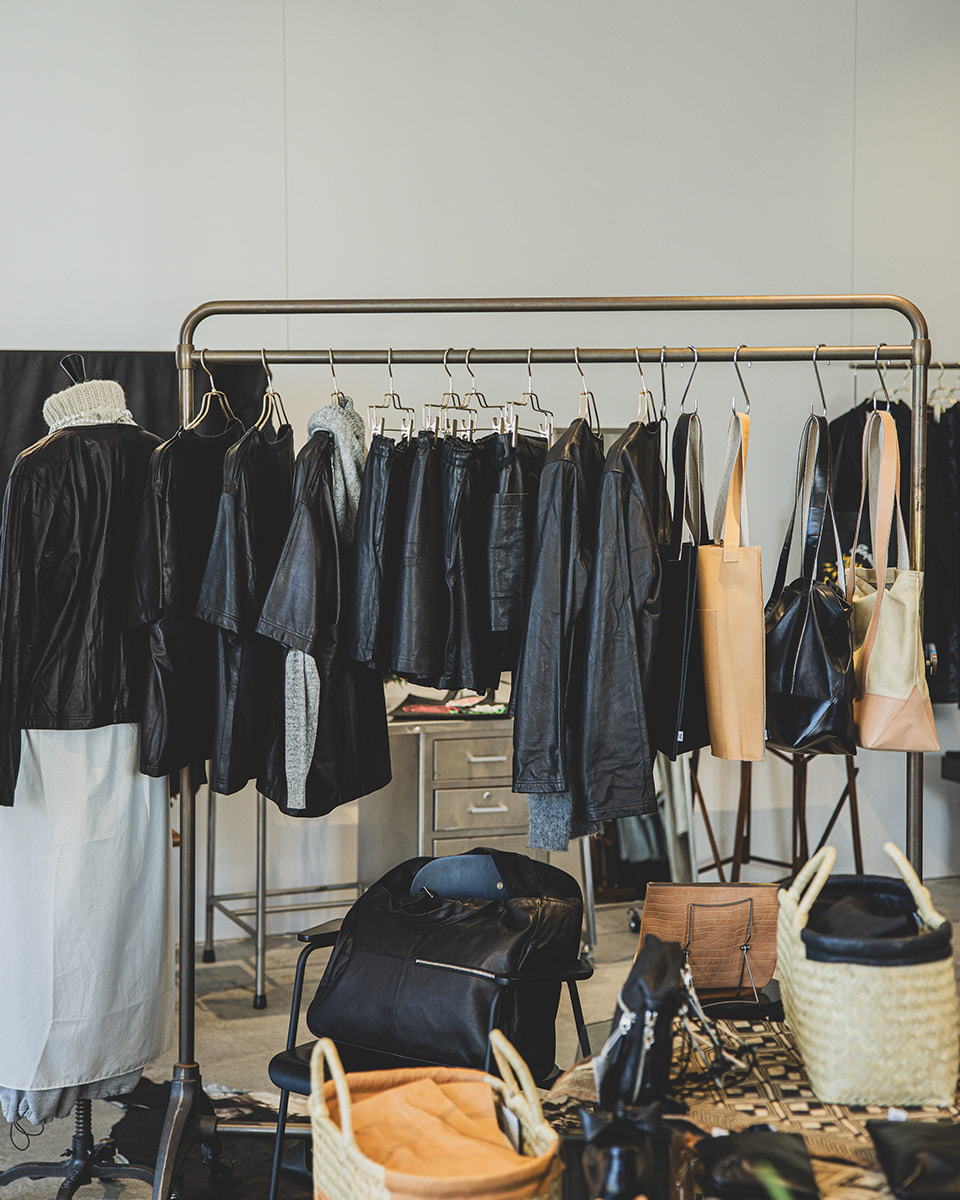
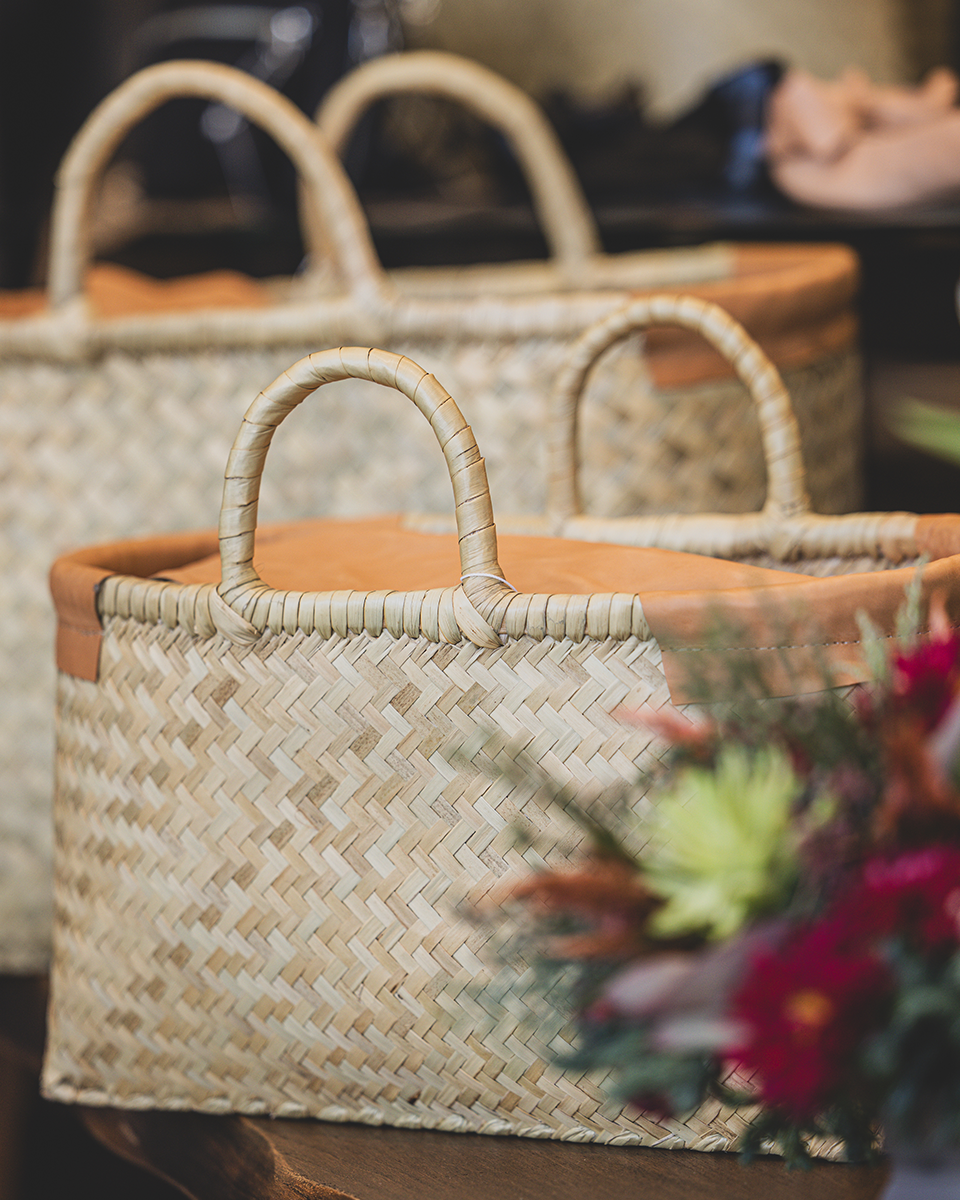
Did you know that Hyogo Prefecture is one of the leading producers of cowhide in Japan? This area is home to approximately 200 tanneries (leather tanners). In the first place, it may not be well known that leather is made in Japan. Therefore, BEAMS' project ``Calling BEAMS CRAFTS IN THE MAKING'', which connects traditional culture to the future, began working with ``Hyogo Leather'' about three years ago. BEAMS created the brand logo and produced original clothing and goods. The items lined up in the store at this event are also BEAMS Planets items made with Hyogo leather. It seems to be the first time for the craftsmen to have a tanner and a major fashion label meet face-to-face to create a product.
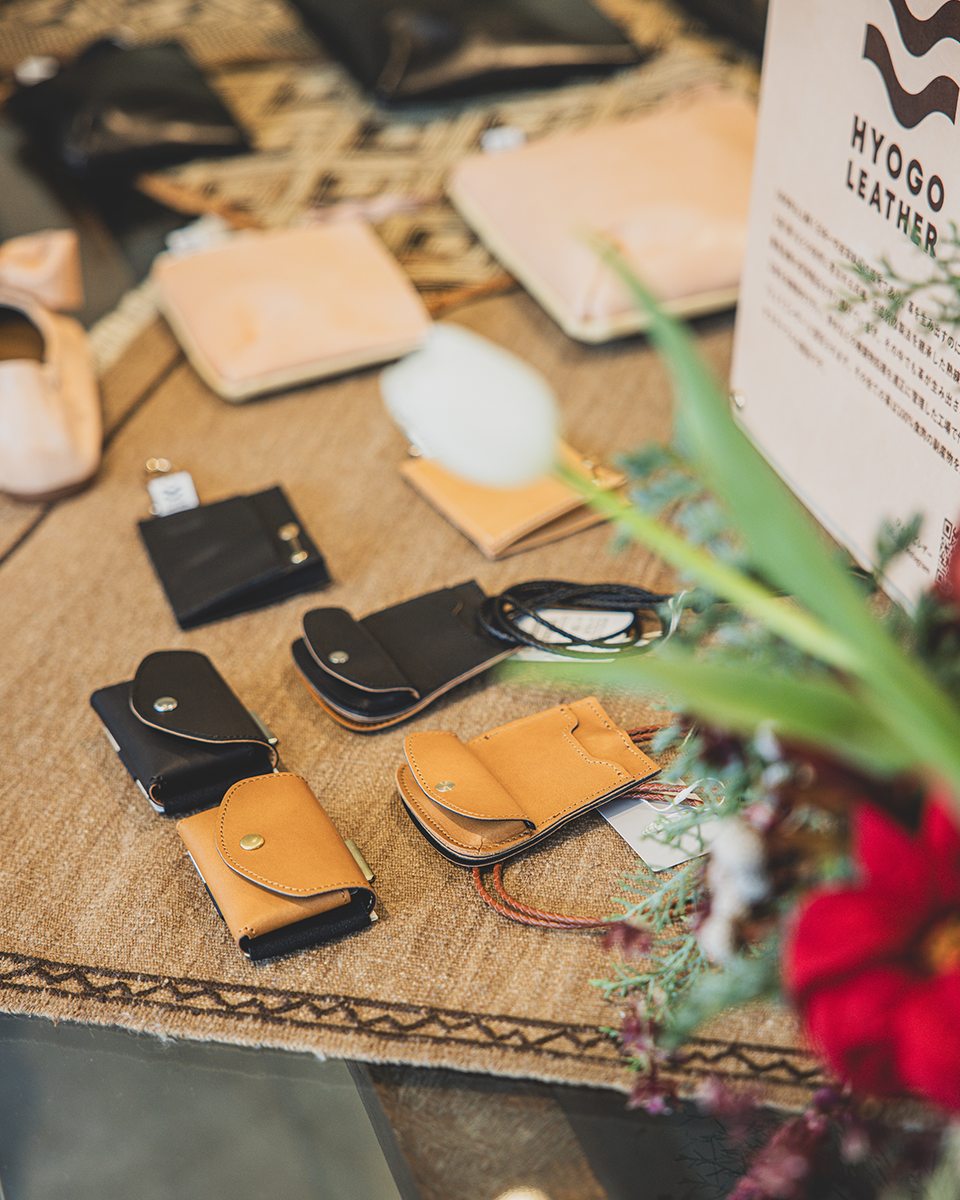
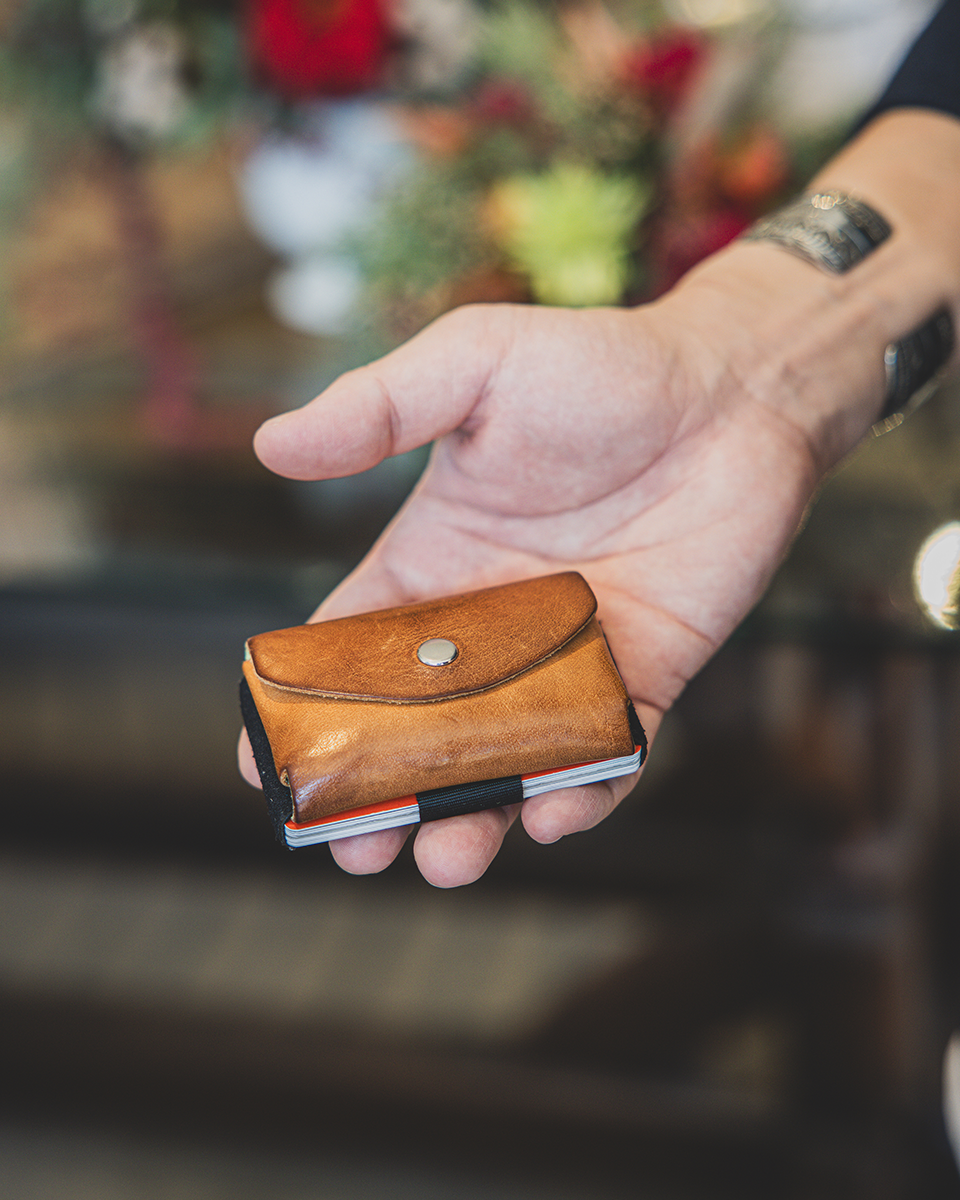
The main characteristic of <HYOGO LEATHER> is its natural, non-artificial texture. The finish takes advantage of the natural taste of cowhide leather. The durability that can be used for a long time and the deep nuances that develop over time are proof that Japanese leather is made with great care. It is a life-sized leather that fits in with everyday life. For example, the mini wallet pictured above. If you look at the colors of the personal items that BEAMS staff members love, you'll feel the charm. It's a different product from the new products lined up in stores, but both have the same cool aging effect. Furthermore, this wallet has a super storage capacity that can hold plenty of cards, small change, and bills. It is an encounter between the modern idea of paying with smartphones and cards and the traditional <HYOGO LEATHER>.

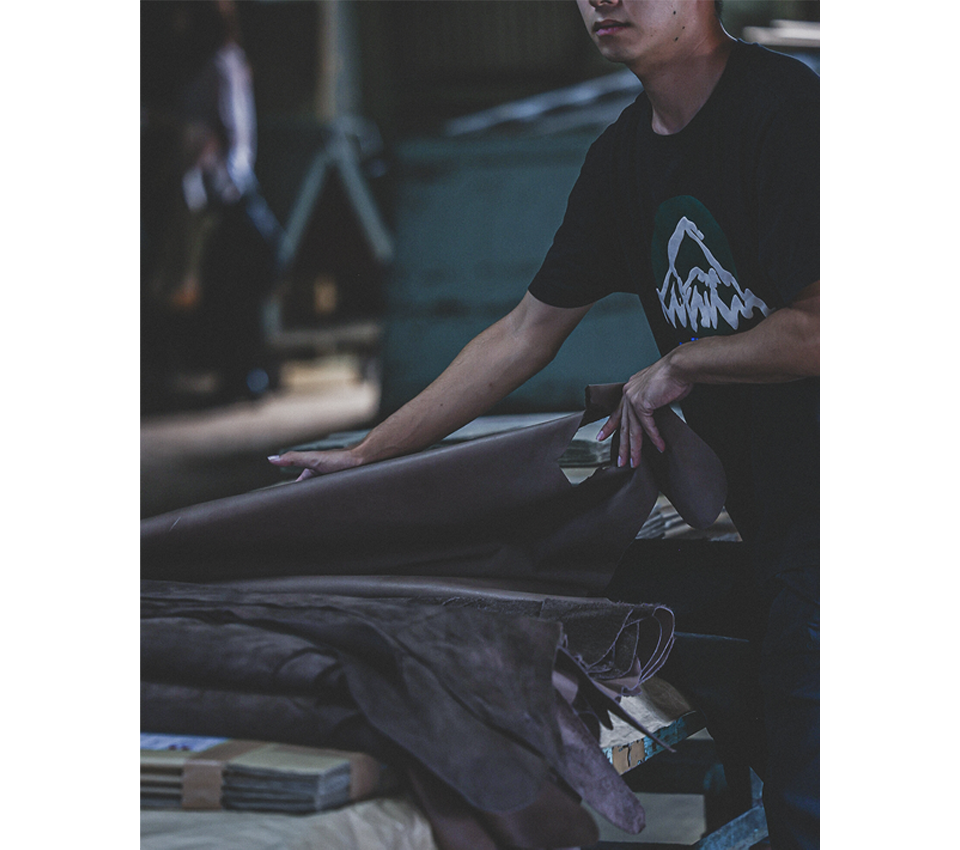
What kind of work does a tanner do?

The job is to transform hardened or damaged rawhide into leather by soaking it in vegetable liquid. It takes about 1.5 to 2 tons of water to make leather for one cow, including dyeing, and historically tanners have set up factories along rivers.
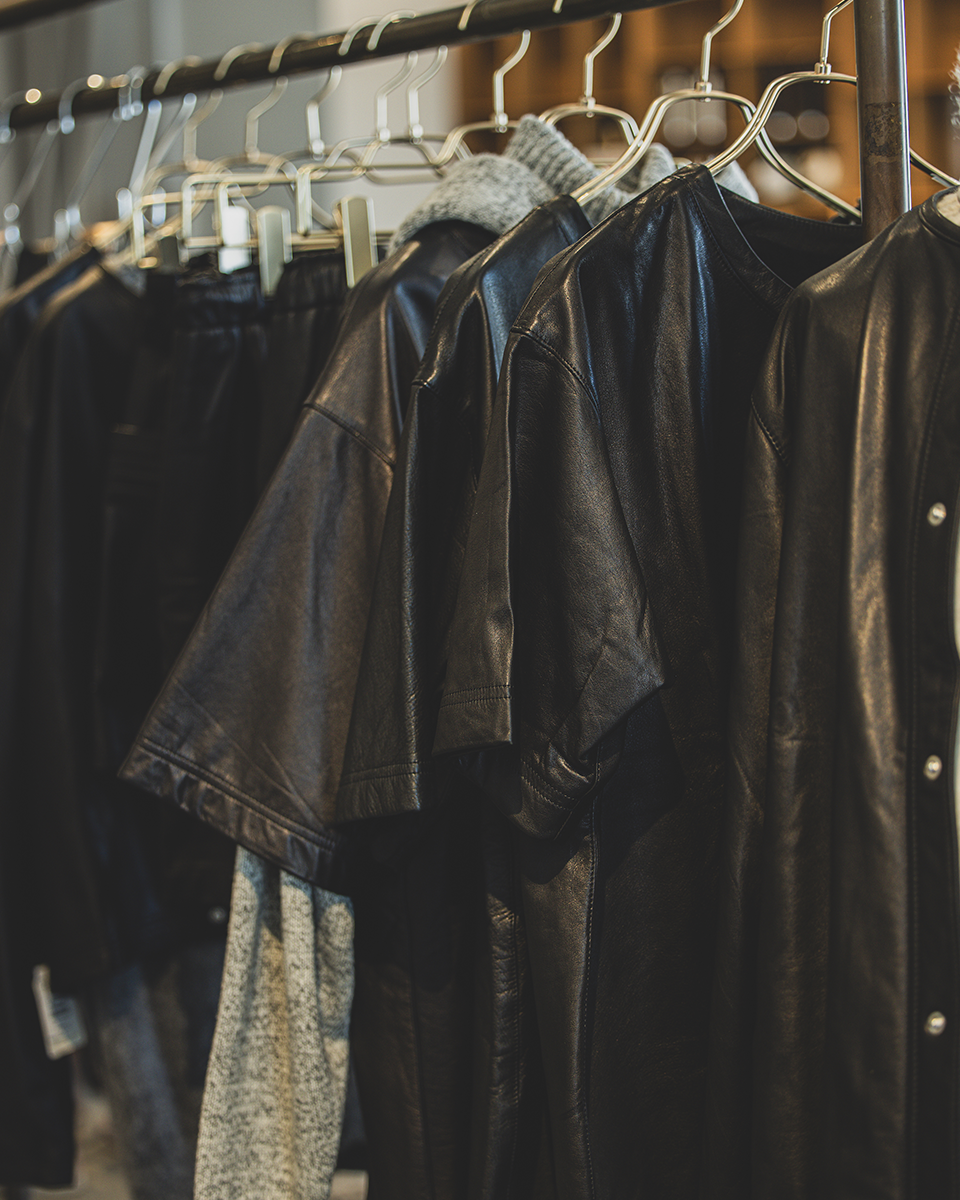
The variety of luxurious leather wear has also increased. Short-length, French-style cardigans are popular among adult women. Pocket T-shirts are popular among men. Both are genderless types, regardless of gender. All leather garments have practical pockets and are lined with skin-friendly cotton. What's more, everything is washable! If leather, which has the impression of being vulnerable to water, can be washed, people will wear it more often. Leather was used as work wear similar to denim in the olden days, but this is a proposal for casual, daily use.
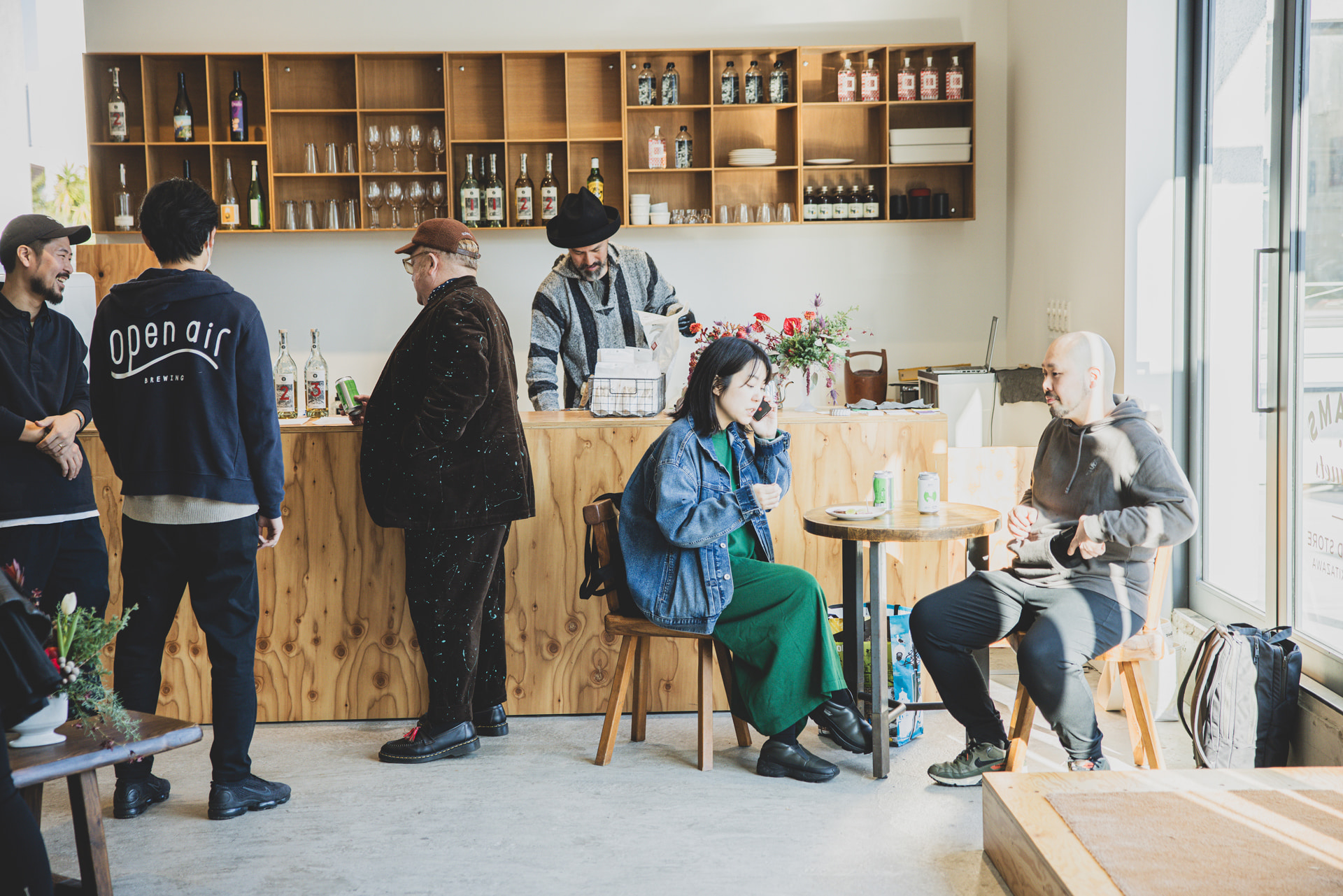

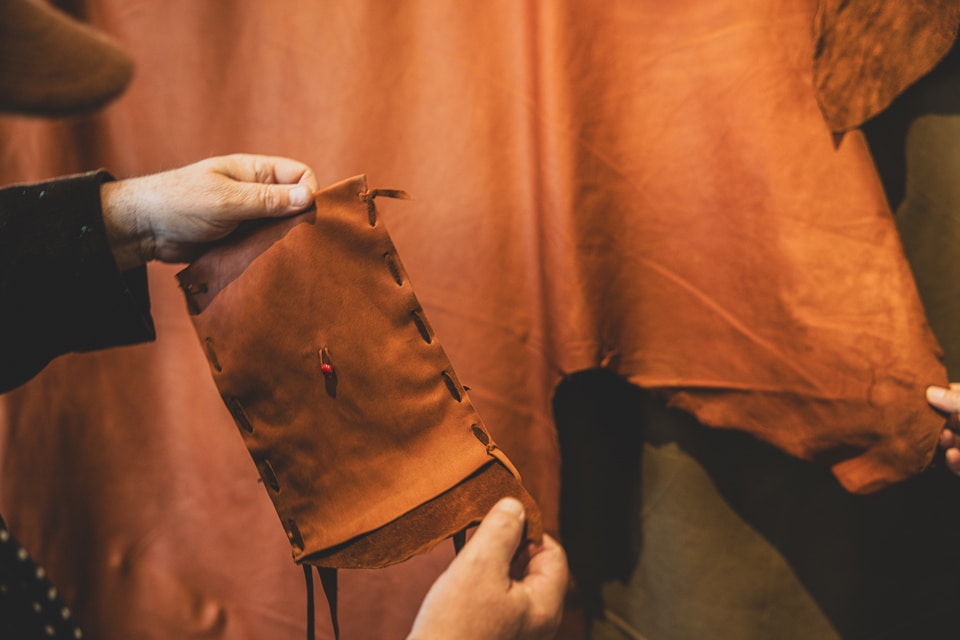
One of the highlights of this event was a workshop by Tony Crosbie, a British man who has lived in Japan since the 1980s. He is a multi-talented fashion and goods designer and stylist, and taught us how to make tote and shoulder bags. A process in which participants cut out the leather themselves, punch holes in it, and sew it. This rugged manufacturing is possible because the raw edges of the leather do not fray. He is good at Japanese and is a gag man who keeps the people around him laughing, but when he is giving instructions he has a rather serious look. "What should I do? Do I draw a line with a ruler? Should I just cut it like this?" he said, showing his professional face while following the participants' methods.


One of the highlights of this event was a workshop by Tony Crosbie, a British man who has lived in Japan since the 1980s. He is a multi-talented fashion and goods designer and stylist, and taught us how to make tote and shoulder bags. A process in which participants cut out the leather themselves, punch holes in it, and sew it. This rugged manufacturing is possible because the raw edges of the leather do not fray. He is good at Japanese and is a gag man who keeps the people around him laughing, but when he is giving instructions he has a rather serious look. "What should I do? Do I draw a line with a ruler? Should I just cut it like this?" he said, showing his professional face while following the participants' methods.

Why is 80% of the country's cowhide produced in Hyogo?
At a time when Kyoto and Osaka were the economic centers of Japan, cows were used as farm animals and their breeding was popular. This was because the land was vast and the Ichikawa River, which is said to be the birthplace of tanning, flowed into the sea (the water was suitable). This is because the salt essential for tanning is obtained from the nearby Seto Inland Sea. Tanning techniques were introduced via the Korean Peninsula, and Hyogo Prefecture was the best place to do so as it spread northward from western Japan. etc.
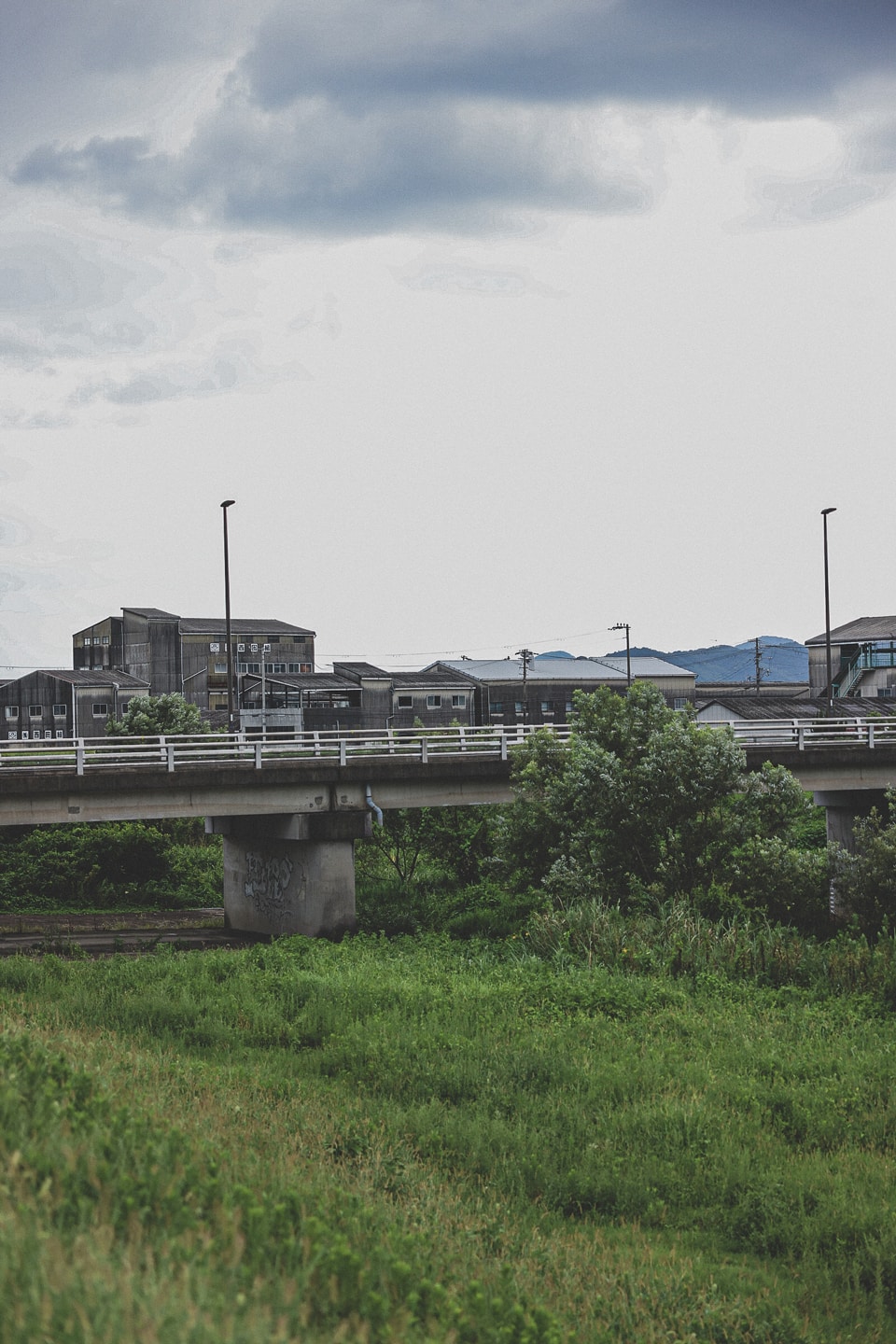

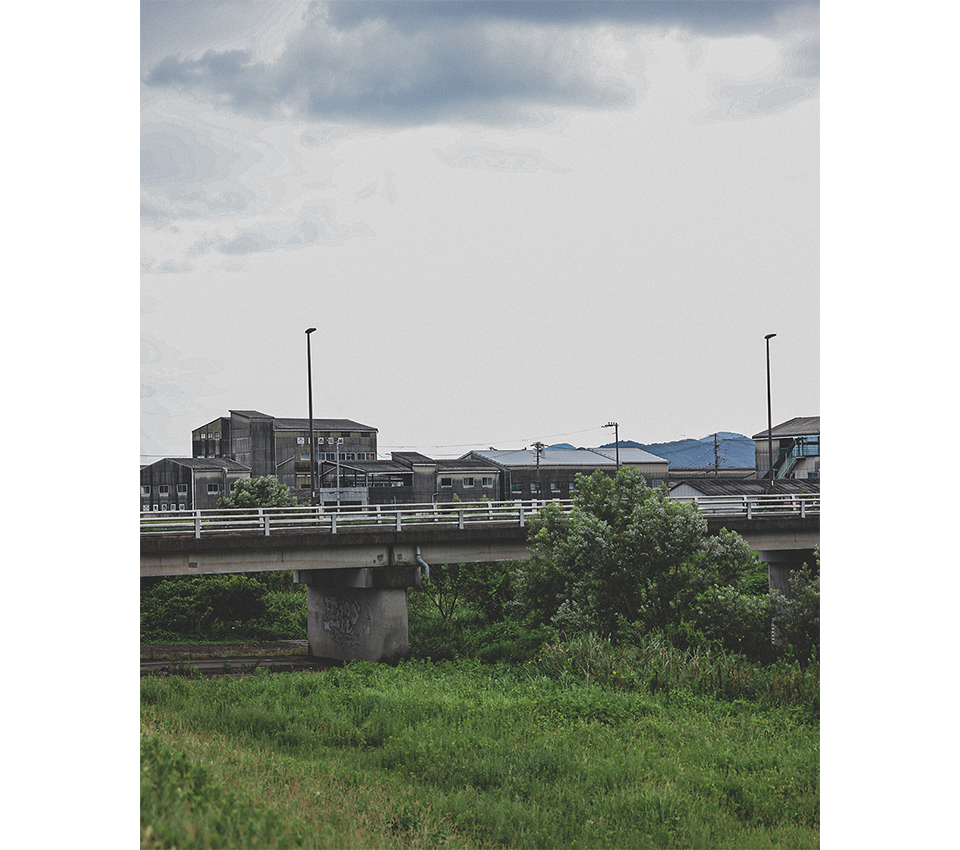
80% of all cowhide is produced in Hyogo
Why is it produced?

At a time when Kyoto and Osaka were the economic centers of Japan, cows were used as farm animals and their breeding was popular. This was because the land was vast and the Ichikawa River, which is said to be the birthplace of tanning, flowed into the sea (the water was suitable). This is because the salt essential for tanning is obtained from the nearby Seto Inland Sea. Tanning techniques were introduced via the Korean Peninsula, and Hyogo Prefecture was the best place to do so as it spread northward from western Japan. etc.

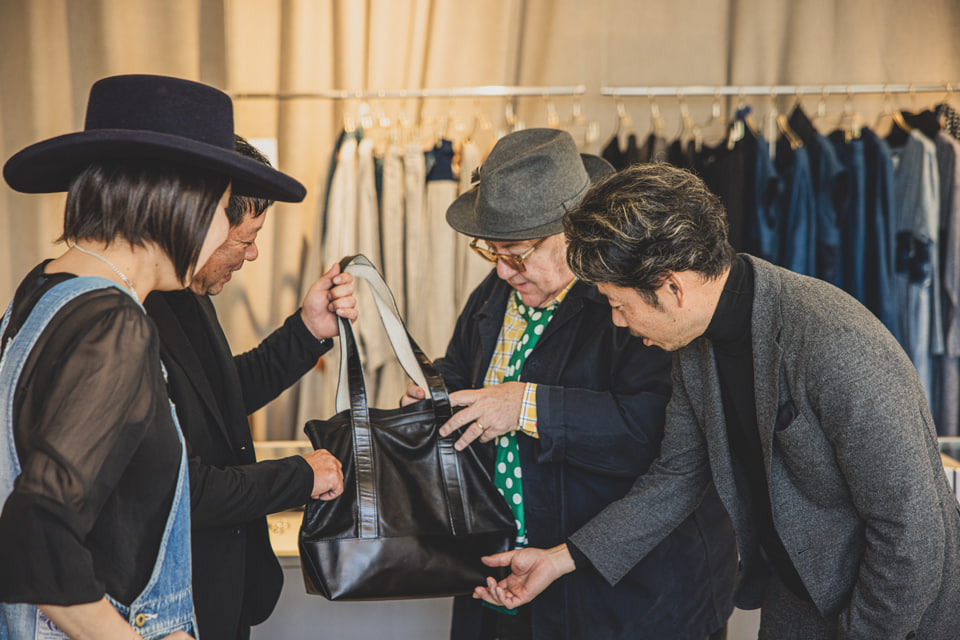
Sachiko Sato, director of < BEAMS Planets > and organizer of "Calling BEAMS CRAFTS IN THE MAKING", says simply, "Because I met him" as to why she is deeply involved with <HYOGO LEATHER>. The driving force behind our activities seems to be the "human connections" we create by meeting and supporting wonderful people. We wanted to share the same feelings with our customers, so we invited craftsmen from Hyogo and prepared a place for dialogue. It's a shopping experience where you can sit back and listen to the stories of professionals. The tote that Tony is holding in the photo above is a combination of two types of leather. We mix leather from different tanners. In fact, the two men on either side of the bag are representatives of these two companies (Sato is on the far left of the photo). Two tanners from Hyogo met each other in Shimokitazawa, and the two have been friends for a long time. It was a unique four-day experience in which the atmosphere of the manufacturing site flowed through the store.
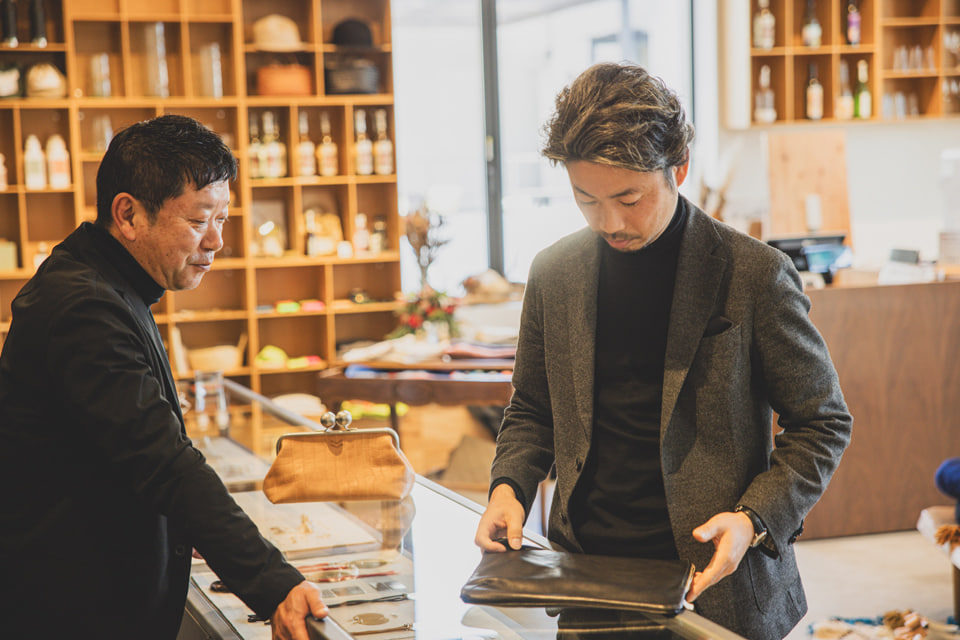
The person on the right in the above photo is Tomokazu Matsumoto of ``Matsumoto Leather Works,'' and the person on the left is Takuya Morimoto of ``Morimoto Shoten.'' Both of them are representatives of a tannery company that employs artisans inherited from their predecessors. I thought we were rivals, but he said, ``Even though we are tanners, we handle different products, so we don't fight each other.I specialize in industrial shoes, and Mr. Morimoto specializes in women's shoes.The people we do business with are different, and the tanners have different sensibilities.'' "It's a completely different genre," says Matsumoto. His leather is durable and is used in safety shoes worn by Ministry of Defense and Fire Department employees. On the other hand, Morimoto's leather is supple and has a texture that goes well with pumps. The design, which combines two different characteristics into one product, was an idea that director Sato came up with after visiting a local tanner.
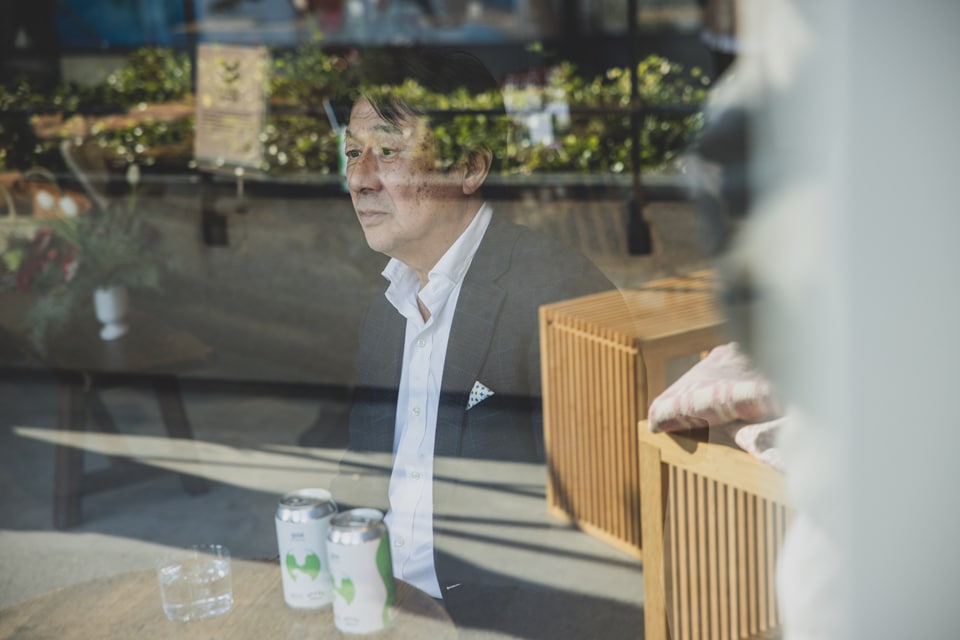
Representatives of tannery companies gathered at BEAMS Planets Limited Store Shimokitazawa all praised Nakata, vice chairman of the Hyogo Prefecture Leather Industry Cooperative Federation, as a wonderful person who brings us all together. Hirofumi Nakata is the representative of Tannery. Much of the trivia about leather that I have posted in this column was also taught to me by Mr. Nakata. A true professional who is familiar with the history of <HYOGO LEATHER>. We asked Mr. Nakata what makes Japanese leather proud to the world. The answer is as follows. "The most important thing is safety. With the help of the national, prefectural, and city governments, we have built a treatment facility for the dirty water produced in the leather tanning process, and are releasing only clean water into the river. The same spirit of serious manufacturing is true in the tannery industry as well.I hope that we will live in a world where, when asked, ``What kind of leather is that?'', we can answer ``Hyogo'' in everyday conversation.''
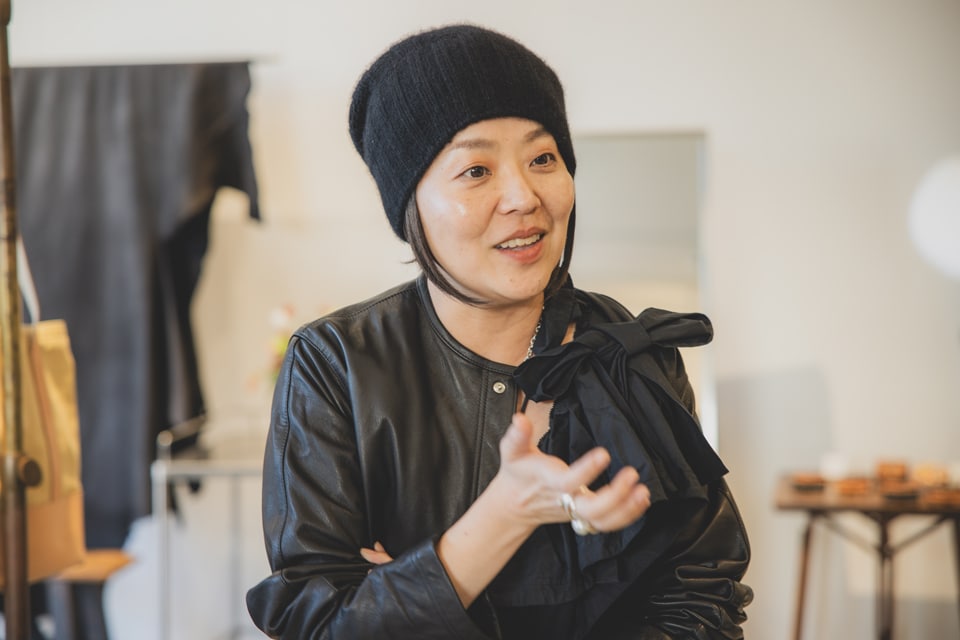
Director Sato, who is at the heart of HYOGO LEATHER's product development, aims to highlight cultures and industries that may be in decline and connect them to the future. `` BEAMS, which has been selling products, is trying to turn its attention to the creators.It is also a process of looking at fashion from the opposite direction.For the items handled at this event, we worked with tanners from six companies. One of the questions is, ``How do we, who eat beef, think about leather?'' Most of the raw hides for HYOGO LEATHER are imported from the United States, but we only use leather, which is a by-product for meat.The concept of leather There are various opinions in the apparel world about this, but my opinion is, ``Now that everyone is eating beef, we want to manufacture products without waste and protect the livelihoods of leather producers.'' Nothing would make me happier than if our customers felt the same way."

Is it really just leftover skin for meat?
Both imported hides and domestic hides such as Kobe beef, HYOGO LEATHER is made from the hides of cows raised to be eaten (even in the world's consensus, no cows are raised solely for their hides). ). Tanners in Hyogo work day in and day out to turn the hides of Wagyu beef, which have no other utility or are delicious but thin and difficult to tan, into the highest quality leather.
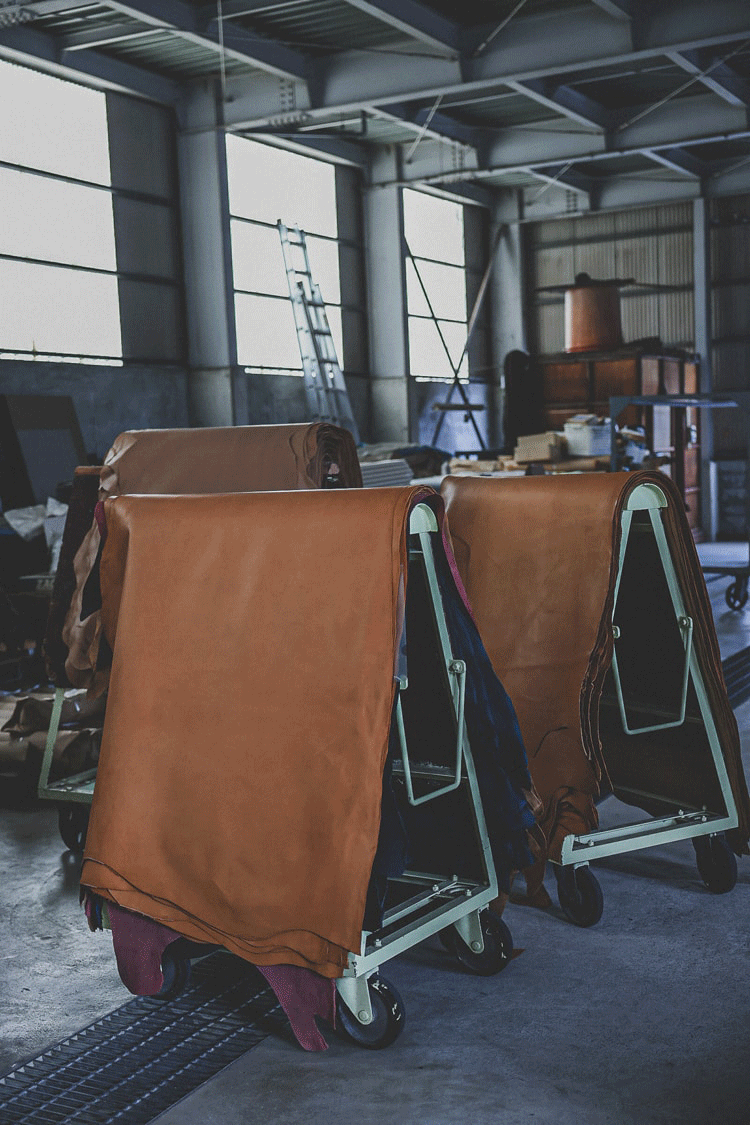


Sachiko Sato, director of < BEAMS Planets > and organizer of "Calling BEAMS CRAFTS IN THE MAKING", says simply, "Because I met him" as to why she is deeply involved with <HYOGO LEATHER>. The driving force behind our activities seems to be the "human connections" we create by meeting and supporting wonderful people. We wanted to share the same feelings with our customers, so we invited craftsmen from Hyogo and prepared a place for dialogue. It's a shopping experience where you can sit back and listen to the stories of professionals. The tote that Tony is holding in the photo above is a combination of two types of leather. We mix leather from different tanners. In fact, the two men on either side of the bag are representatives of these two companies (Sato is on the far left of the photo). Two tanners from Hyogo met each other in Shimokitazawa, and the two have been friends for a long time. It was a unique four-day experience in which the atmosphere of the manufacturing site flowed through the store.

The person on the right in the above photo is Tomokazu Matsumoto of ``Matsumoto Leather Works,'' and the person on the left is Takuya Morimoto of ``Morimoto Shoten.'' Both of them are representatives of a tannery company that employs artisans inherited from their predecessors. I thought we were rivals, but he said, ``Even though we are tanners, we handle different products, so we don't fight each other.I specialize in industrial shoes, and Mr. Morimoto specializes in women's shoes.The people we do business with are different, and the tanners have different sensibilities.'' "It's a completely different genre," says Matsumoto. His leather is durable and is used in safety shoes worn by Ministry of Defense and Fire Department employees. On the other hand, Morimoto's leather is supple and has a texture that goes well with pumps. The design, which combines two different characteristics into one product, was an idea that director Sato came up with after visiting a local tanner.

Representatives of tannery companies gathered at BEAMS Planets Limited Store Shimokitazawa all praised Nakata, vice chairman of the Hyogo Prefecture Leather Industry Cooperative Federation, as a wonderful person who brings us all together. Hirofumi Nakata is the representative of Tannery. Much of the trivia about leather that I have posted in this column was also taught to me by Mr. Nakata. A true professional who is familiar with the history of <HYOGO LEATHER>. We asked Mr. Nakata what makes Japanese leather proud to the world. The answer is as follows. "The most important thing is safety. With the help of the national, prefectural, and city governments, we have built a treatment facility for the dirty water produced in the leather tanning process, and are releasing only clean water into the river. The same spirit of serious manufacturing is true in the tannery industry as well.I hope that we will live in a world where, when asked, ``What kind of leather is that?'', we can answer ``Hyogo'' in everyday conversation.''

Director Sato, who is at the heart of HYOGO LEATHER's product development, aims to highlight cultures and industries that may be in decline and connect them to the future. `` BEAMS, which has been selling products, is trying to turn its attention to the creators.It is also a process of looking at fashion from the opposite direction.For the items handled at this event, we worked with tanners from six companies. One of the questions is, ``How do we, who eat beef, think about leather?'' Most of the raw hides for HYOGO LEATHER are imported from the United States, but we only use leather, which is a by-product for meat.The concept of leather There are various opinions in the apparel world about this, but my opinion is, ``Now that everyone is eating beef, we want to manufacture products without waste and protect the livelihoods of leather producers.'' Nothing would make me happier than if our customers felt the same way."

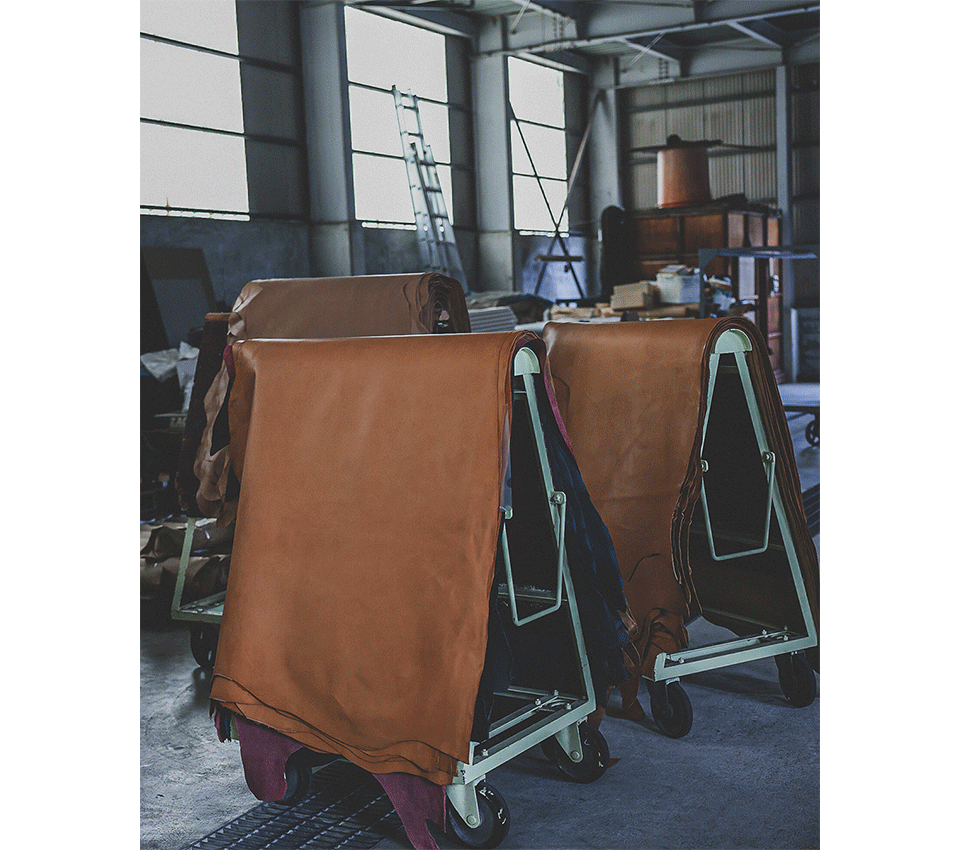
Is it really just leftover skin for meat?

Both imported hides and domestic hides such as Kobe beef, HYOGO LEATHER is made from the hides of cows raised to be eaten (even in the world's consensus, no cows are raised solely for their hides). ). Tanners in Hyogo work day in and day out to turn the hides of Wagyu beef, which have no other utility or are delicious but thin and difficult to tan, into the highest quality leather.
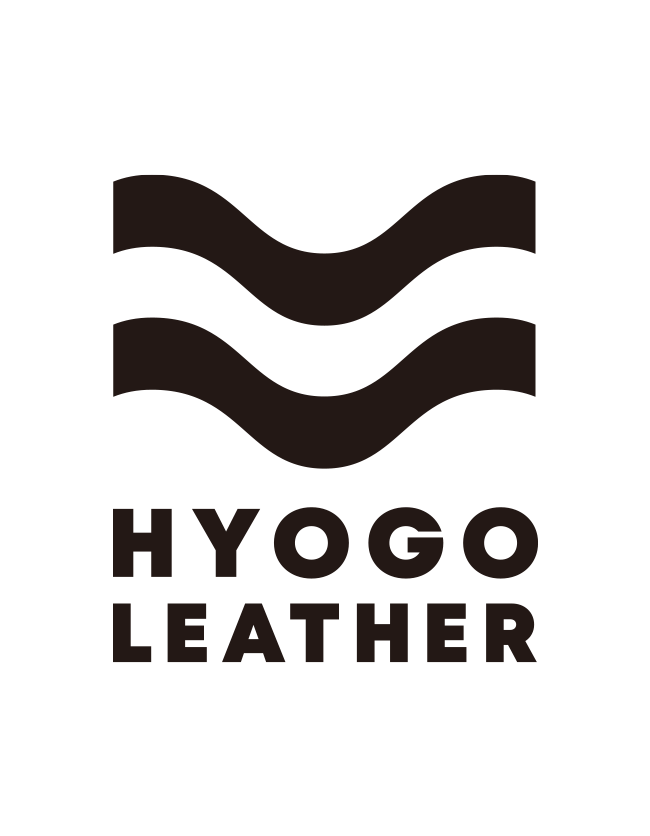
HYOGO LEATHER
Leather produced from the rich nature of Hyogo Prefecture accounts for approximately 80% of domestic leather, and its quality and functionality are highly praised both domestically and internationally. 〈HYOGO LEATHER〉 is produced in the Hyogo area, the ``sacred place for leather'', by many tanneries and tanners with historic craftsmanship techniques, each producing a variety of ``leather'' produced in their respective fields of expertise. I am. https://www.hyohiren.or.jp/product/index.html

HYOGO LEATHER
(Hyogo leather)

Leather produced from the rich nature of Hyogo Prefecture accounts for approximately 80% of domestic leather, and its quality and functionality are highly praised both domestically and internationally.
https://www.hyohiren.or.jp/product/index.html














